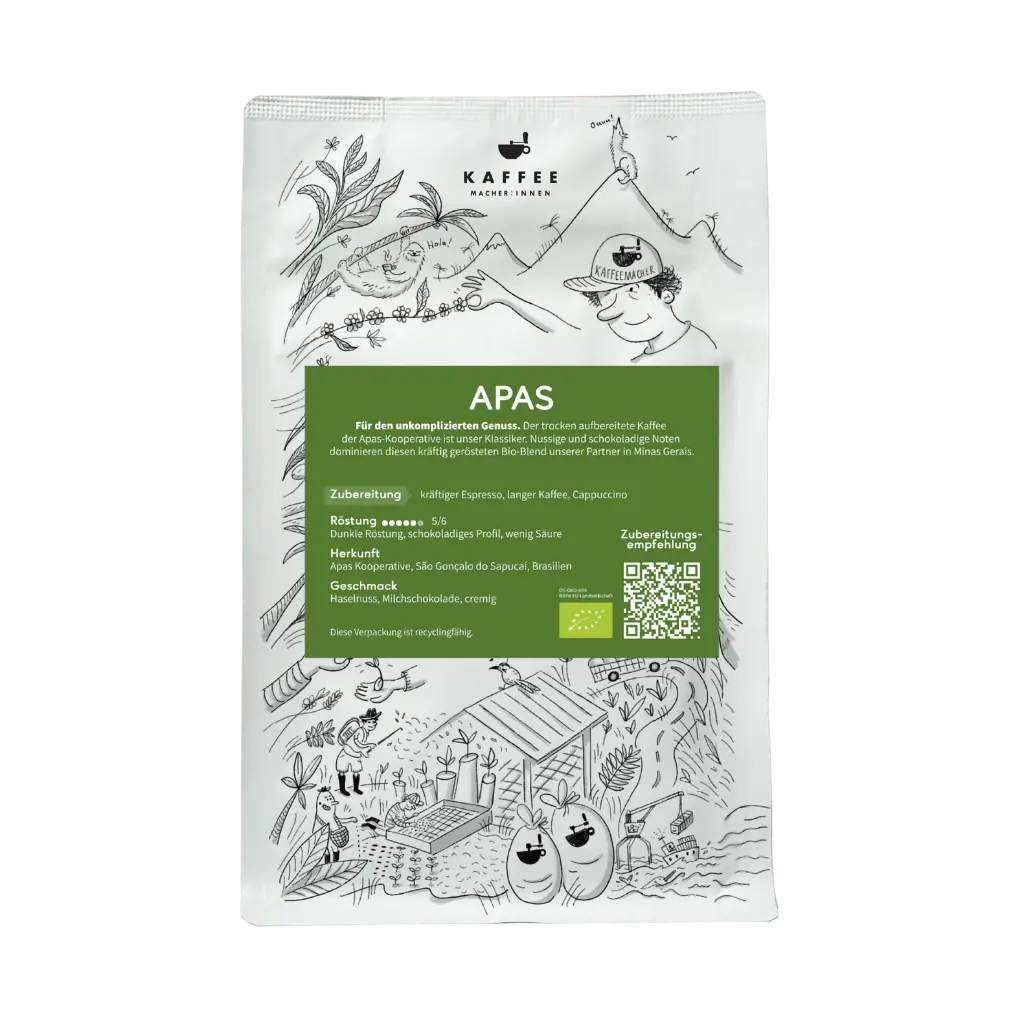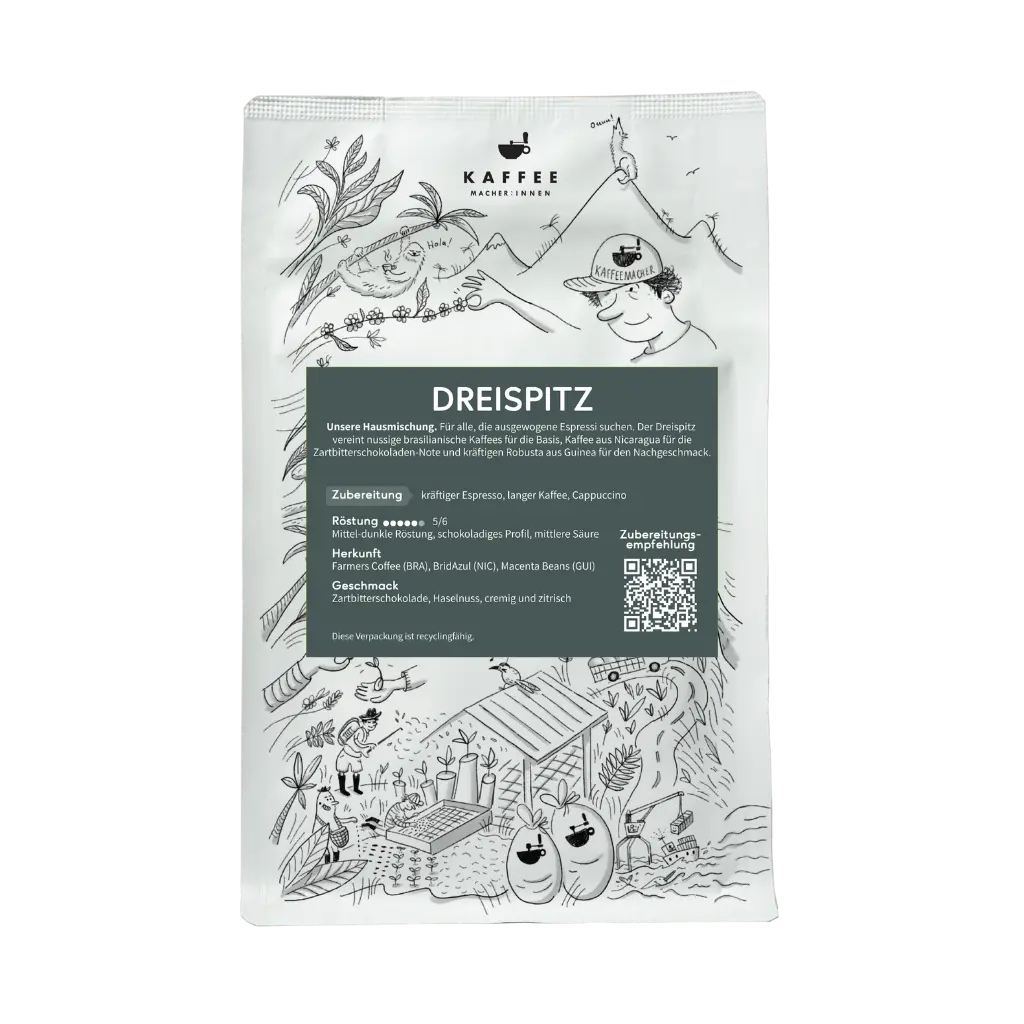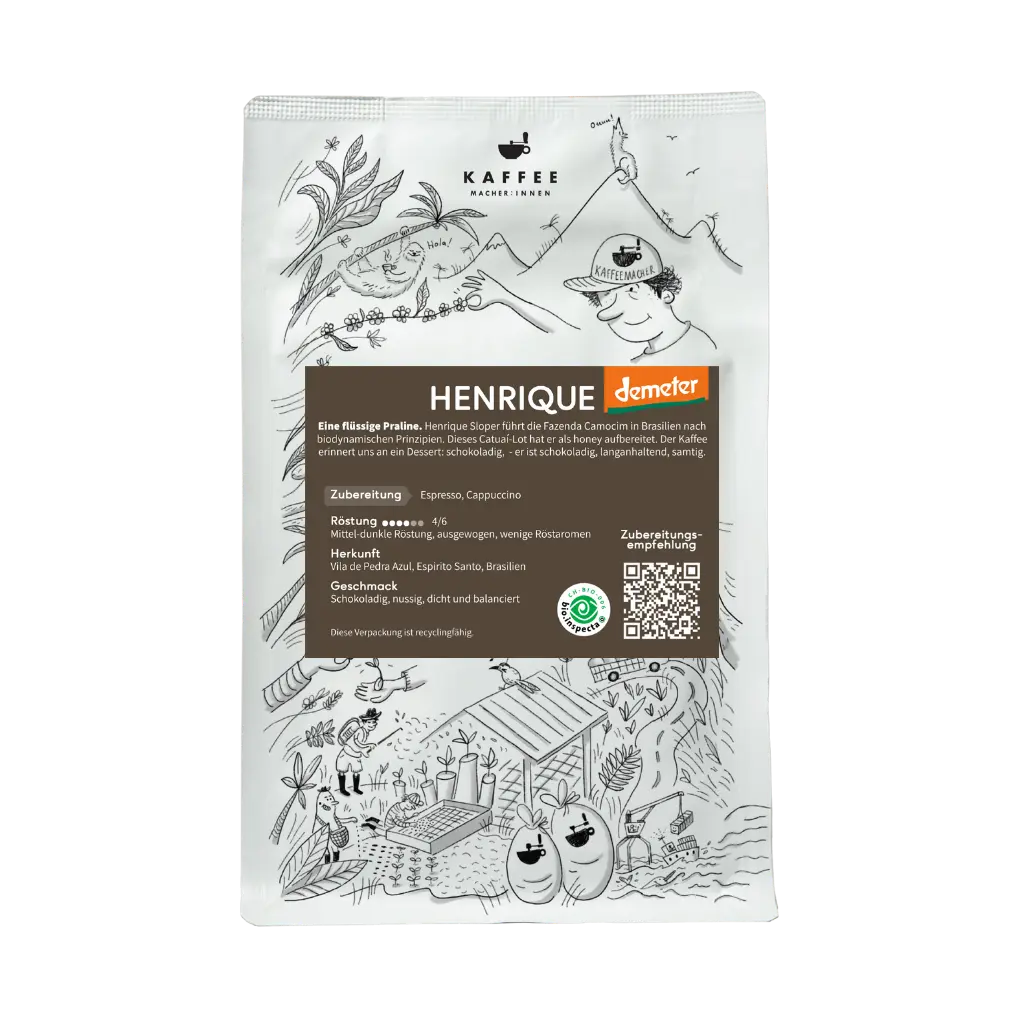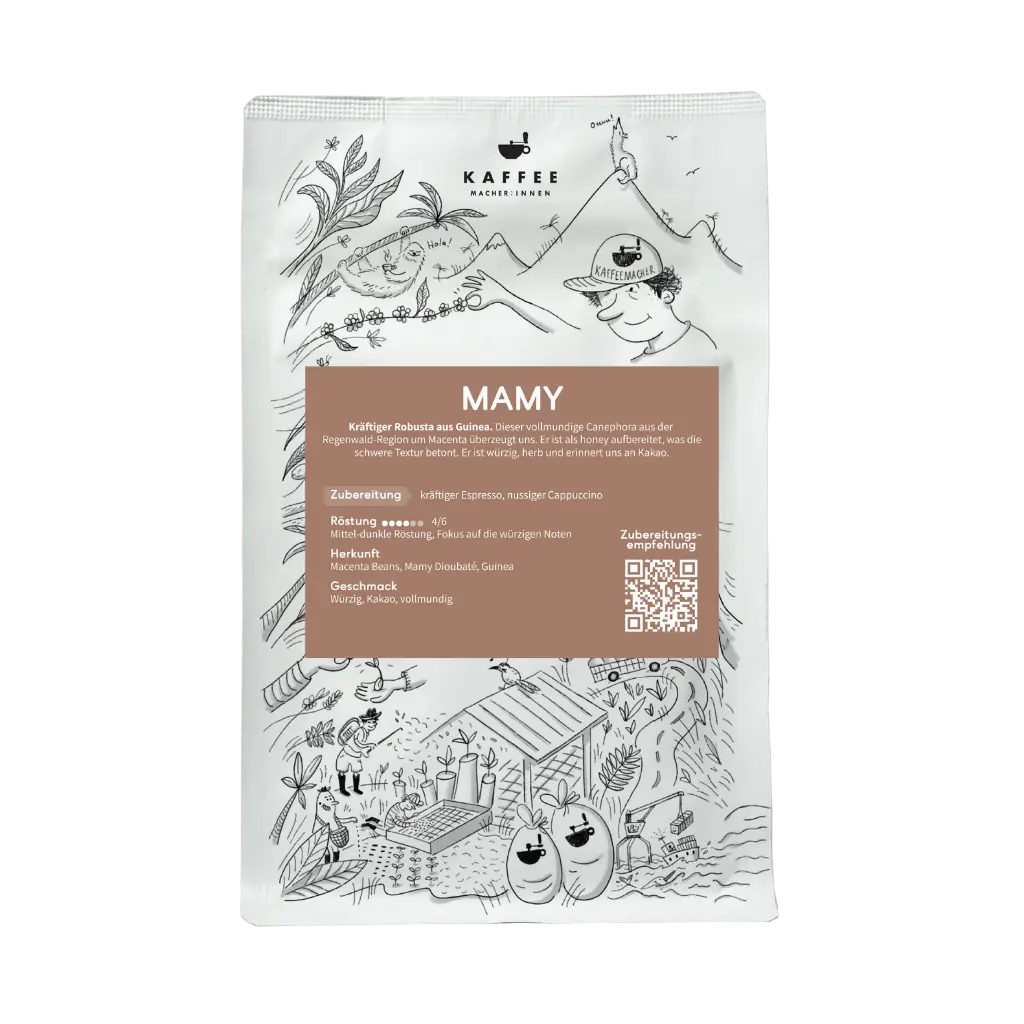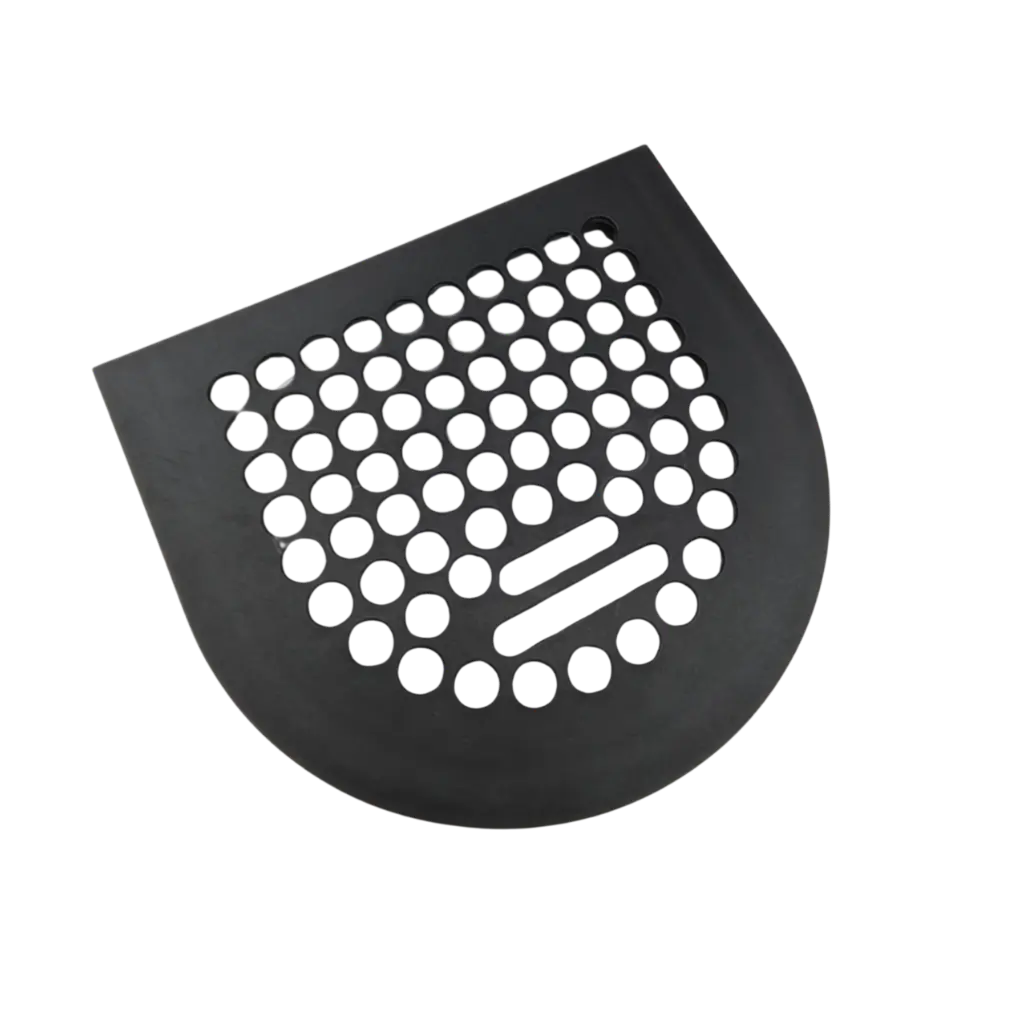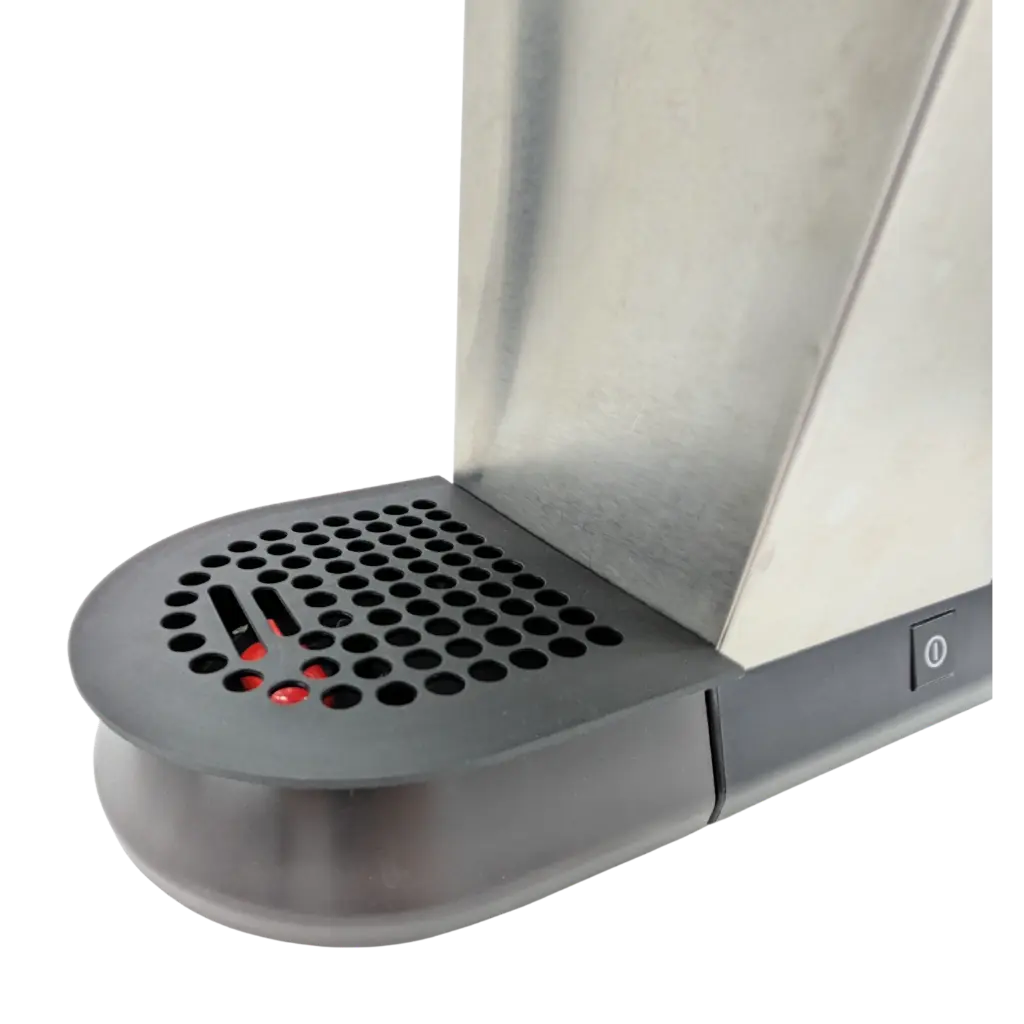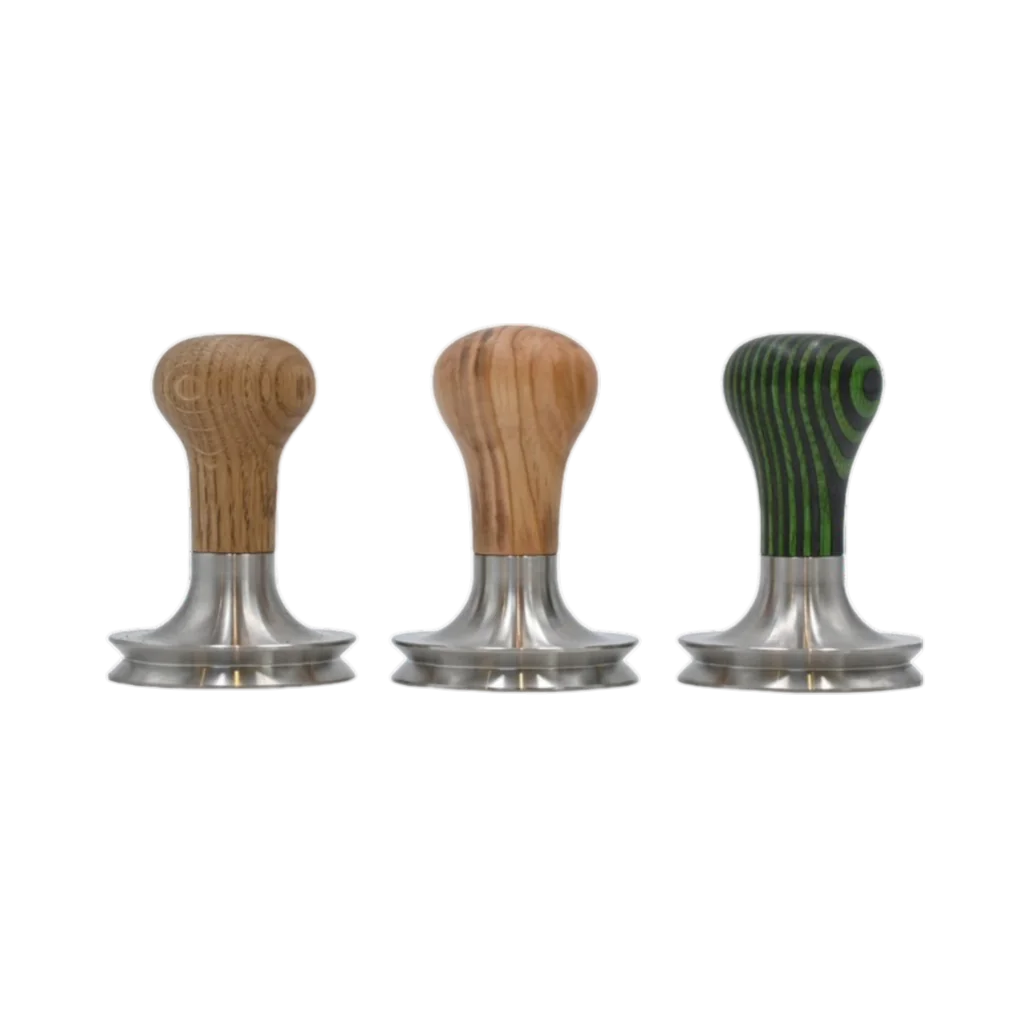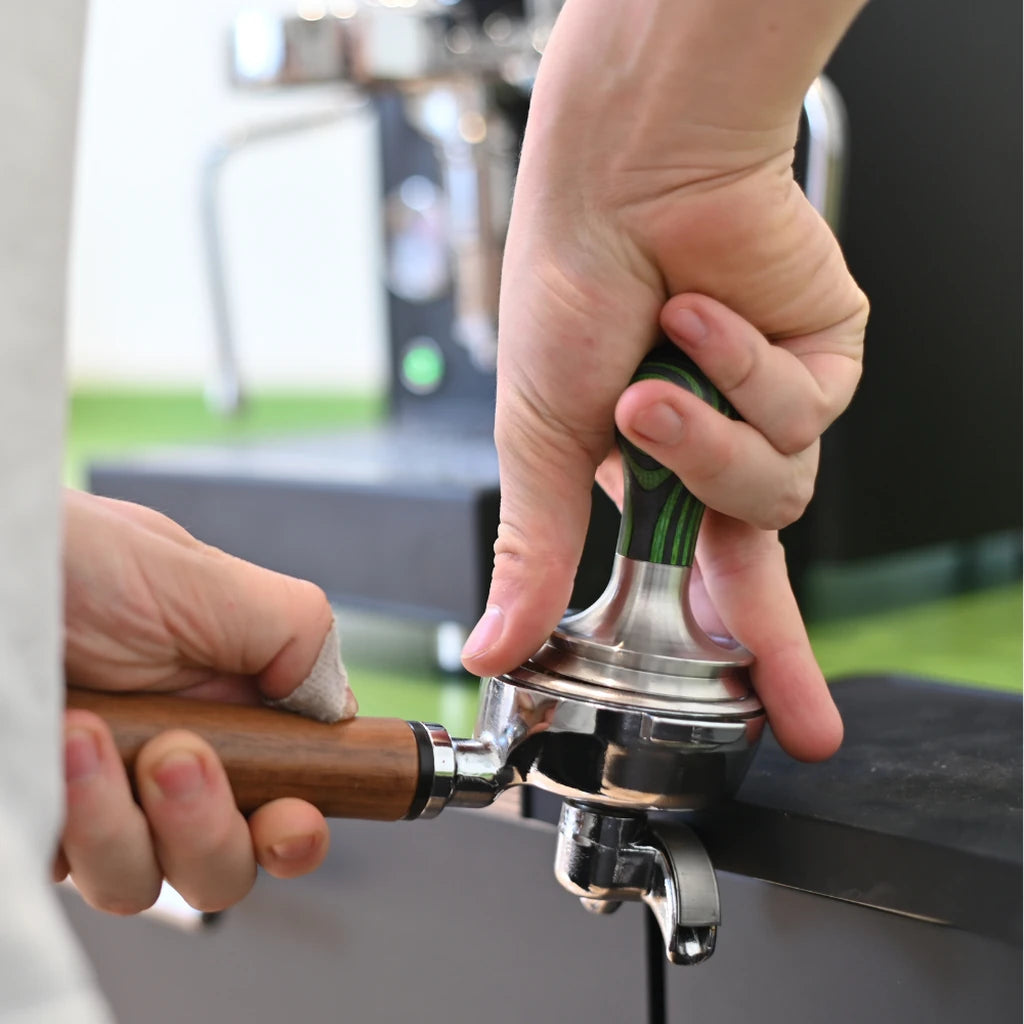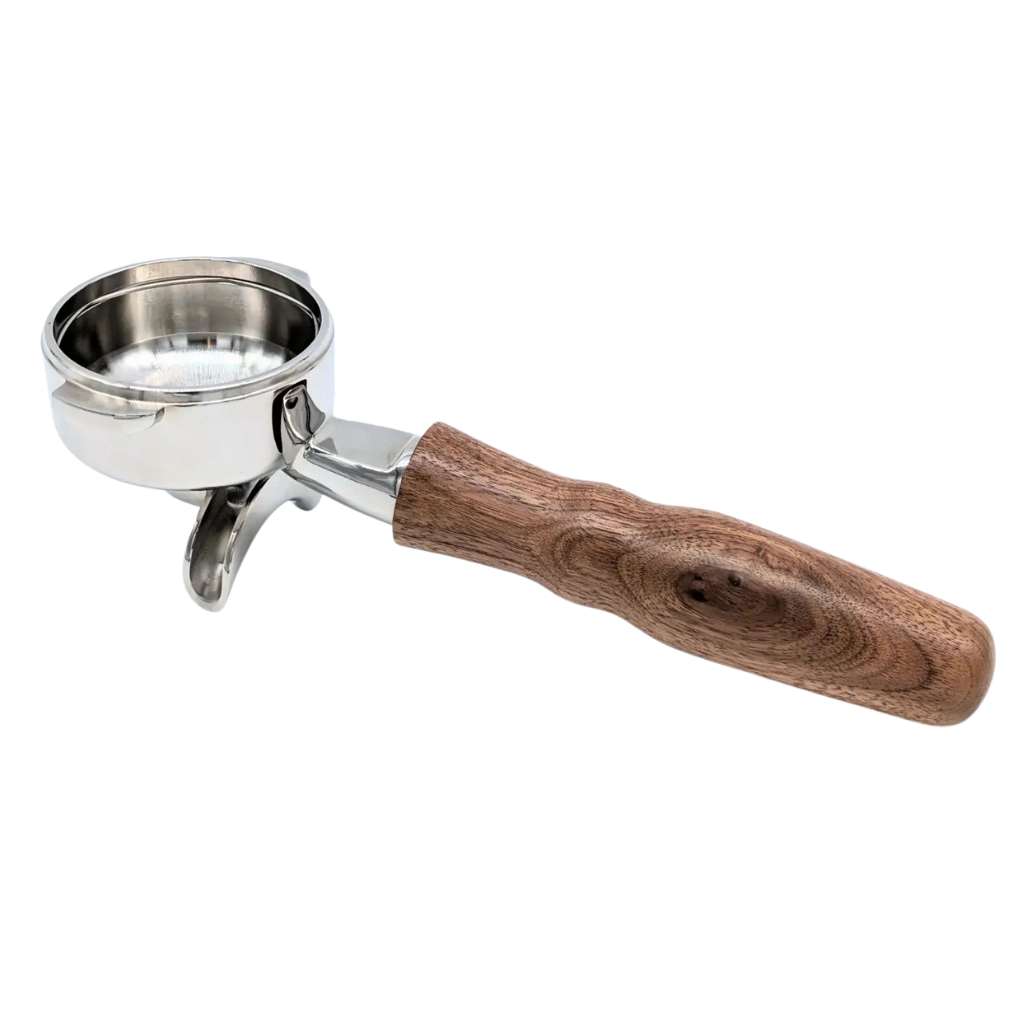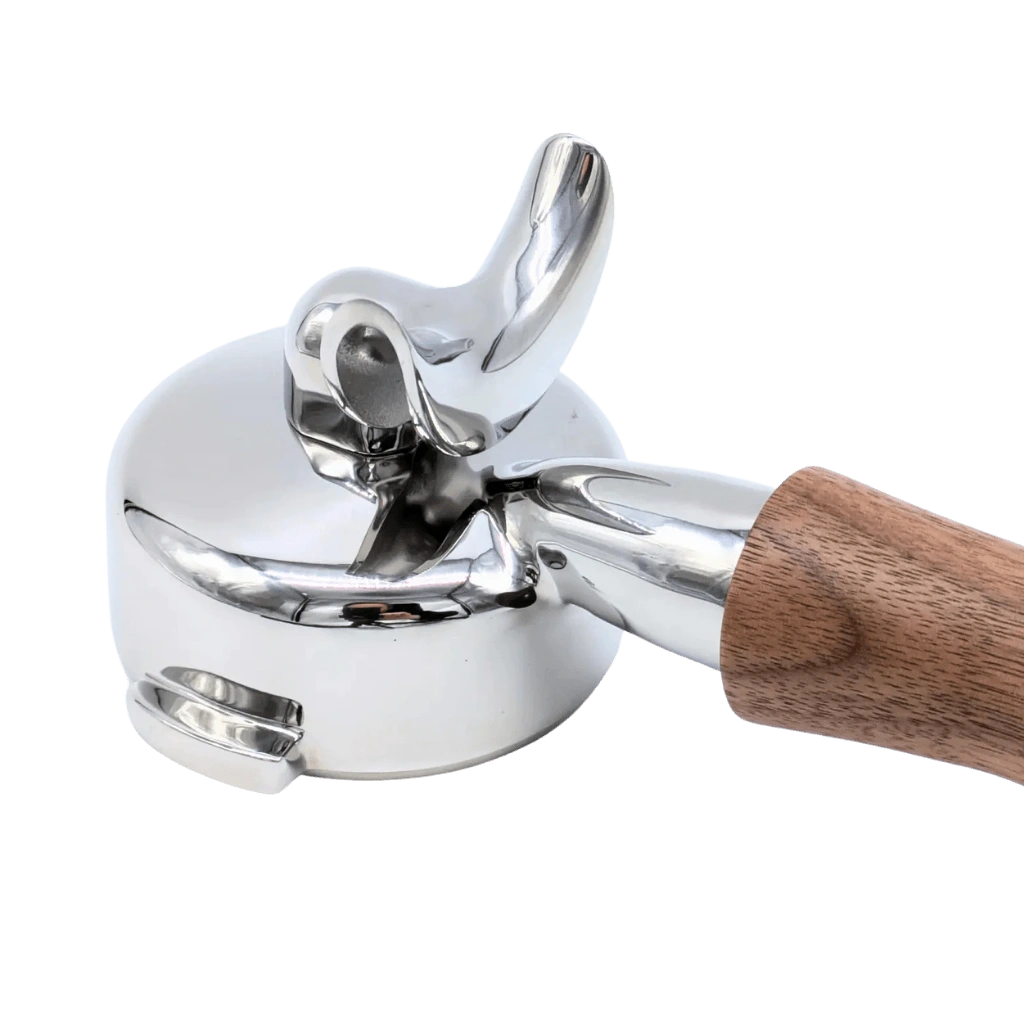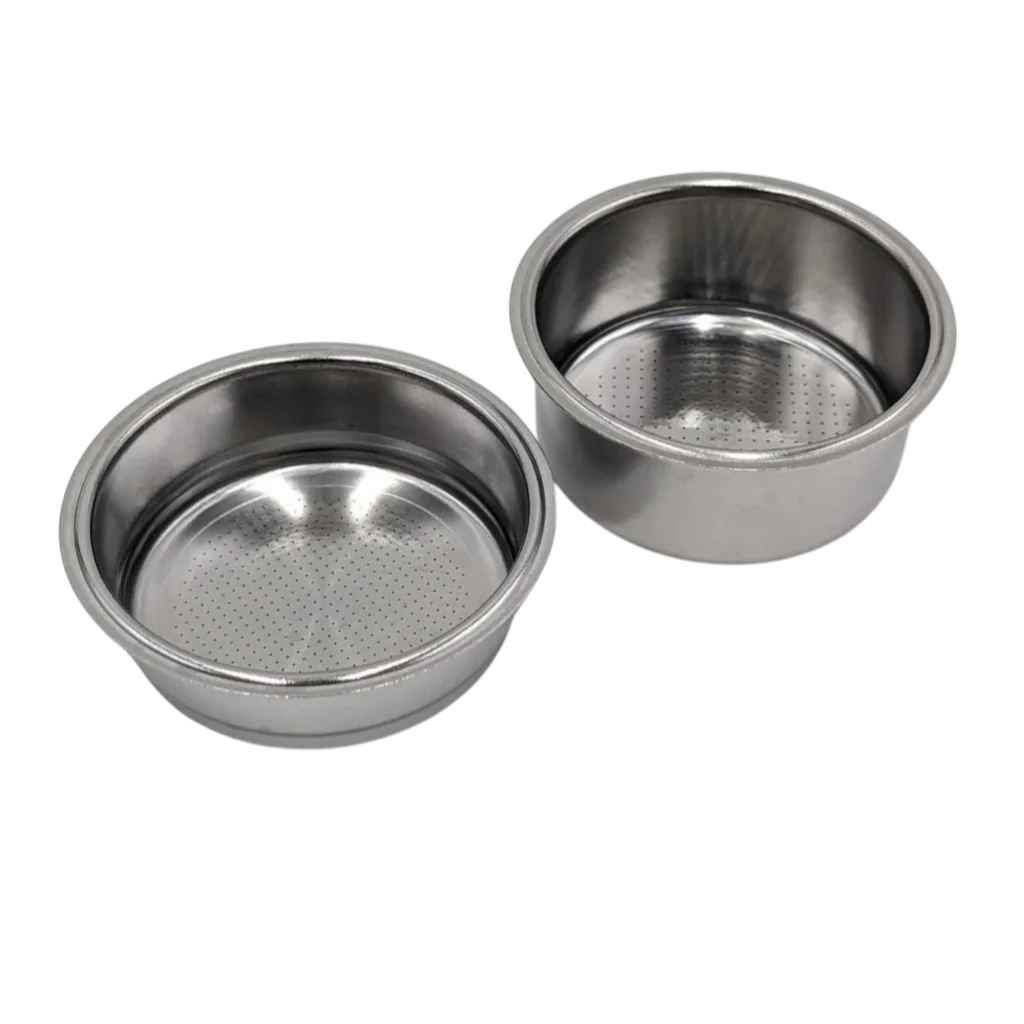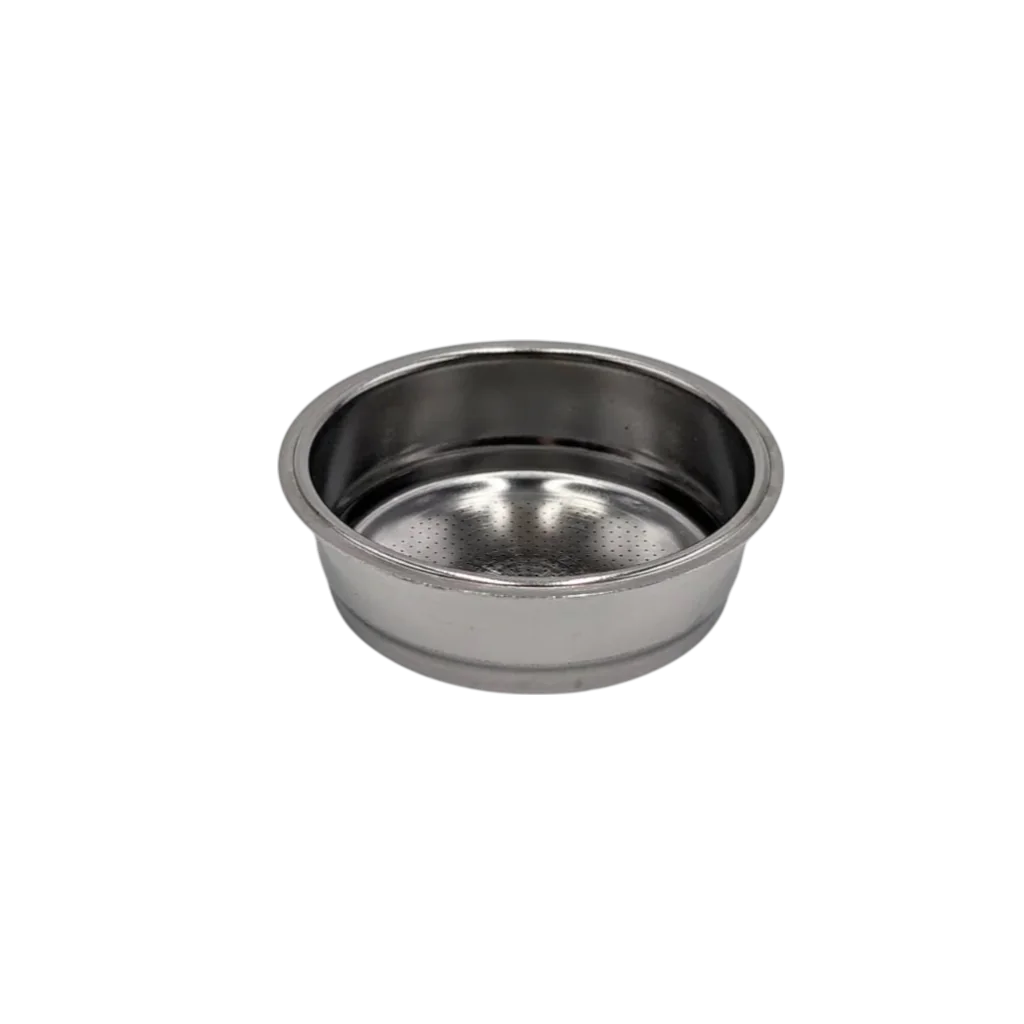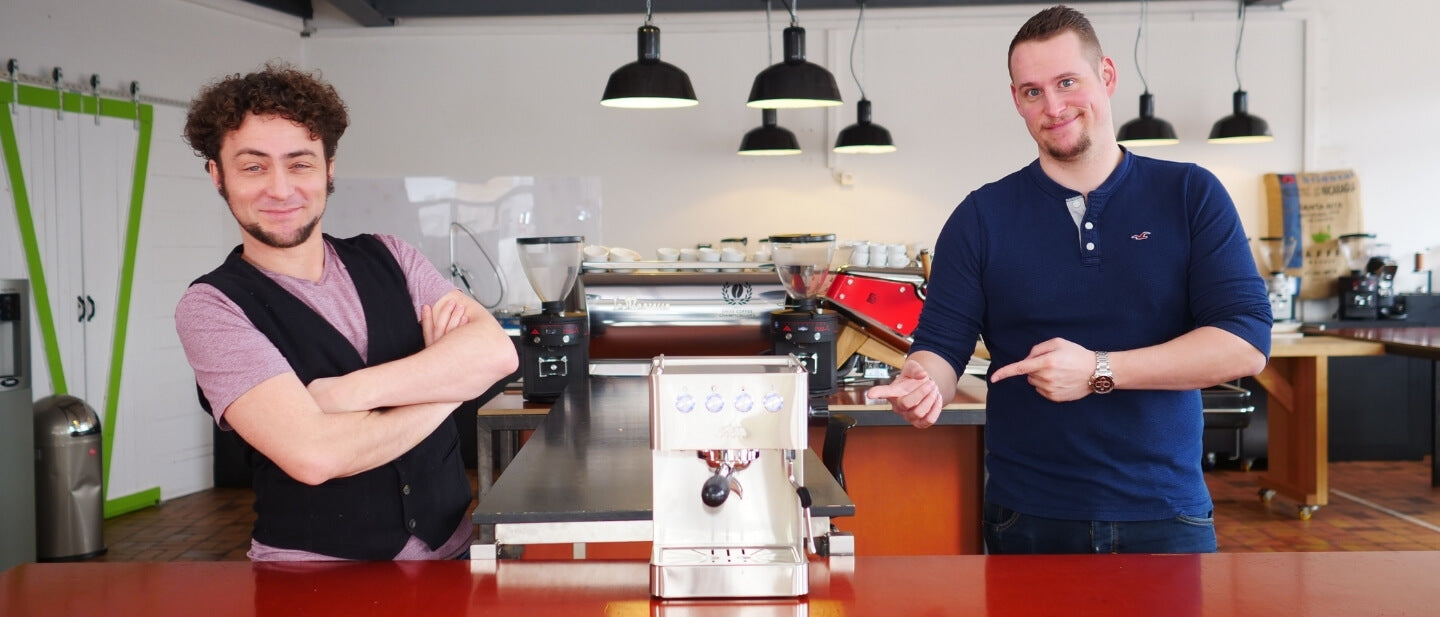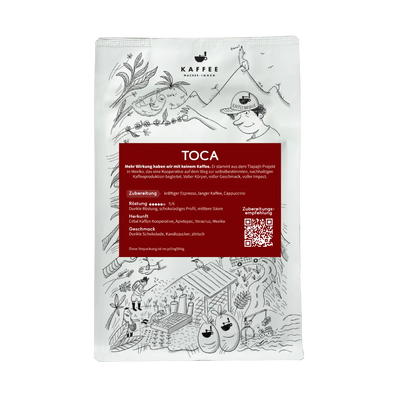A review of the Solis Barista Gran Gusto is a must for entry-level espresso machines. The Solis Barista Gran Gusto belongs to the thermoblock espresso machine category. Priced at around CHF 320 (€350), it combines decent performance at a very competitive price.
Thermoblocks and the most important test questions
All thermoblock espresso machines have two things in common: They are ready for use in a very short time and they are very energy-efficient. Unlike boiler espresso machines, instead of heating a large, slow boiler with water, an aluminum block is used. This usually takes three minutes. From this point on, the espresso machine can essentially produce piping-hot water.
The big questions, however, are:
- How consistently does the Solis Gran Gusto deliver the desired water temperature of approximately 93 degrees ?
- How hot is the portafilter and what are the machine's heating intervals?
- How does the Solis Barista Gran Gusto froth milk? Does it produce fine-pored milk foam for latte art?
Espresso preparation with the Solis Barista Gran Gusto
The most important thing about an espresso machine is the taste of the espresso. This also forms the basis for all milk-based drinks such as cappuccino, latte macchiato, and flat white.
The Solis Barista Gran Gusto delivered two good, three decent, and five poor espressos with a standard brewing rate of 10. With an adjusted brewing rhythm, the results improved to three good, five decent, and two poor.
As is often the case with thermoblock espresso machines, it's important to get the brewing temperature under control. We've put together some tips for that.

Getting the brewing temperature of the Solis Barista Gran Gusto under control
The Solis Barista Gran Gusto has no heat transfer to the portafilter. The portafilter remains cold while the thermoblock heats up. If you use it without first heating the portafilter, the brewing water loses its temperature to the portafilter. Therefore, the first important step in using the Solis Gran Gusta is:
Leave the portafilter in place and draw water without coffee. This allows the portafilter to warm up.
The first double espresso, which is now drawn, usually tastes best with darker coffees. The temperature briefly rises to 95 degrees, but then drops below 90.
 Temperature Solis Barista Gran Gusto.
Temperature Solis Barista Gran Gusto.
If you plan to make a second double espresso immediately, we recommend rinsing the portafilter immediately before brewing. This means first cleaning the portafilter, then adding the ground coffee to the portafilter and tamping. We've also described the exact procedure in our article on making espresso.
The next brew will now rise in temperature and then drop again, but not as much as the first brew. Subsequent brews will become increasingly hotter. The temperature graph shows the temperature spike during the sixth brew if the rinse cycle of at least 4 seconds is not performed before brewing.
Processing and external dimensions of the Solis Barista Gran Gusto
From the outside, the Solis Barista Gran Gusto cuts a fine figure. The body is made of stainless steel, and the railing is sturdy. A few sharp edges mar the exterior. The drip tray is a bit small, and the support surface, which unfortunately only sits on top, easily slips during cleaning. But all of this has to be considered in relation to the truly very reasonable price.
Many things we find in a similar price range seem cheap and are dominated by plastic. Not so with the Solis Barista Gran Gusto. This also applies to the accessories. The tamper and portafilter are particularly worth mentioning.
The Solis Barista Gran Gusto has a 58-cup brewing group that accepts a Faema E61-compatible portafilter. The portafilter itself is high-quality and sturdy. The included filter holds 19 grams of coffee. A real statement! If you're looking for a little extra refinement, the more precise IMS Competition filters or VST filters are a good option. It's brilliant that they fit.

The included tamper also lives up to its name. Its 700 grams of weight feels like a lot when tamping with it. There's a small gap next to the tamper. If it fit more precisely into the sieve, the risk of channeling would be reduced. However, the gap isn't so large that it would cause automatic channeling.
Also included, and absolutely perfect: a 0.35-liter milk jug for frothing milk. Let's just say: it's not the jug's fault if the milk doesn't froth well. The milk jug is even very suitable for latte art .
The quality of the milk foam disguises the poor foaming behavior.
Milk behavior in review
In addition to maintaining a consistent temperature, the milk frothing performance of the Solis Barista Gran Gusto is challenging. The Solis Barista Gran Gusto delivers very little steam power to the carafe. This makes it very difficult to trigger the rotation necessary for frothing the milk.
In our test, Michel had to hold the jug at an extremely steep angle to even get it to rotate. The rotation is part of the drawing phase of frothing and thus the second step of the frothing process. In the first step, the so-called drawing phase, air is pushed under the milk, creating volume. This in itself is difficult, but possible.
We can say that frothing milk with the Solis Barista Gran Gusto isn't easy, especially for beginners. With practice, you should be able to get it right. However, if milk-based drinks like cappuccinos or flat whites play a significant role in your everyday beverage routine, we would recommend the Sage Bambino Plus .
Descaling the Solis Barista Gran Gusto
Thermoblock espresso machines are inherently less susceptible to limescale buildup. This is due, in part, to the fact that the thermoblock is emptied after each brewing cycle. When comparing the risk of limescale buildup with single-circuit, dual-circuit, or multi-boiler machines, the thermoblock espresso machine is the least susceptible.
Nevertheless, even thermoblock espresso machines can become calcified. You'll notice this in everyday use when the steam output gradually decreases.
A good choice for a descaler is one based on lactic acid. The Solis brand product, Solipol *, works perfectly and is made from lactic acid. The product is food-safe yet penetrative enough to dissolve limescale. However, no-name brands also work.
Descaling the Solis Barista Gran Gusto in five steps:
- Add the product to the water tank of the espresso machine according to the manufacturer's instructions and fill it up to the maximum.
- Place a large container such as a pot under the spout and draw approximately 150 ml of water manually in coffee mode.
- Switch to steam mode and wait until the button lights up permanently. Now turn the steam setting to maximum and blow steam into the pot at full power for about two minutes.
- Next, let the machine rest for 15 minutes and allow the descaler to soak in. Then repeat the process several times until the liquid in the tank is largely used up.
- Now rinse the water tank thoroughly and fill it to the brim with the softest water possible (ideally: 2-5 German hardness). Repeat steps 2 and 3 until the water in the tank is used up again.
Done. The machine is descaled and ready for use again after refilling the tank.
Conclusion on the Solis Barista Gran Gusto
Espresso and coffee habits are as diverse as there are people. This makes it difficult for us to give an absolute recommendation for espresso machines. Unfortunately, one reason for this is that espresso machines, especially in the lower-priced segment, have their strengths and weaknesses.
The strengths of the Solis Barista Gran Gusto include:
- With our tips, you can brew a good espresso relatively reliably.
- The machine, like almost all thermoblocks, has a low power consumption of only 0.10 kW per hour.
- It heats up quickly and is ready for use.
- The external workmanship is good and the included equipment is practical and very good.
- The portafilter's compatibility with classic 58mm portafilters is pleasing and also makes purchasing additional tampers and sieves easy.
Unfortunately, there are also some weaknesses:
- The foaming performance of the machine is not very pleasing.
- The drip tray is difficult to clean because the plate is only placed on top.
- Without any manipulation, the temperature can reach over 100 degrees Celsius, resulting in an extremely bitter taste.
- The steam wand of the Solis Barista Gran Gusto is dripping.
Are you more of a milk foam drinker? Then definitely check out the Sage Bambino Plus . For espresso and other beverages, compare the Solis Barista Gran Gusto with the Quick Mill Orione 3000 and the new Gaggia Classic .
If you want to learn how to make the perfect espresso, take our Home Barista course. It's available online and at our location in Basel . It's worth the trip!
We also recommend the following articles and videos:
Making espresso and cleaning the espresso machine .
The link marked with * is a commission link. If you purchase something through it, you support us in creating further content. Thank you.
![]()



